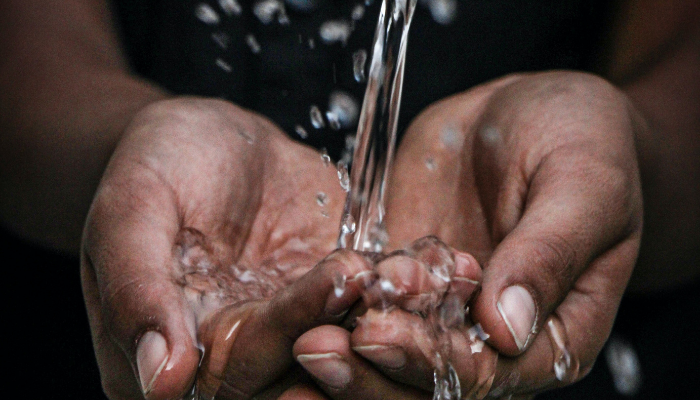Water - what's the problem?
Published: 6 Dec 2021

Wales can be very wet! We all know that.
In Wales the average rainfall is 1.4 m per year - that is equivalent to the height of an average 8-year-old child in rainfall covering the whole of Wales.
What is maybe less well known is that the water industry is the UK’s fourth most energy intensive sector and Waterwise estimates that the industry is responsible for around 1% of the UK’s carbon emissions.
Dwr Cymru / Welsh Water for example is one of the largest energy users in Wales (467 GWh in 2015/16 (p.127) to pump and treat water and wastewater) and currently generate 20% of their own energy needs through renewables.
There are also concerns across the border, that England will run short of water within 25 years with water companies there identifying climate change as their biggest operating risk. Expectations are that by 2040, more than half of UK summers are expected to be hotter than the 2003 heatwave.
Companies there have committed to achieving ‘net-zero’ carbon emissions by 2030.
The Chartered Institution of Water and Environmental Management (CIWEM) state that: ‘An important area of emissions reduction is associated with reducing the amount of highly treated water that is required to be put into supply’.
We hear a lot about ‘fuel poverty’ but here in the UK, in the region of 1.5 million homes live in ‘water poverty’, whilst a further 3 million are on the verge of it. Against that backdrop, it becomes even more necessary that we look at water saving measures.
In the UK every person uses approximately 150 litres of water a day, a figure that is matched in Wales too and that has been growing every year by 1% since 1930. If we take into account the water that is needed to produce the food and products we consume in our day-to-day lives (known as embedded water) we actually consume around 3400 litres per day.
Residents of Copenhagen currently use about 110litres per person per day and with water usage predicted to rise in future, what target should we be aiming for in Wales?
Project Drawdown estimates that:
‘Cleaning, transporting, and heating water requires energy. More efficient fixtures and appliances can reduce home water use significantly, thereby reducing emissions.’
‘81-92 percent adoption of low-flow taps and showerheads by 2050 (up from 59 percent of estimated market) could reduce carbon dioxide emissions by 1-1.6 gigatons, by reducing energy consumption for heating wasted water.’
It’s an area where we can all help with easily and quickly by reducing the amount of water we use and waste, thereby helping reduce our carbon footprint, saving money in our homes and protecting water resources.
